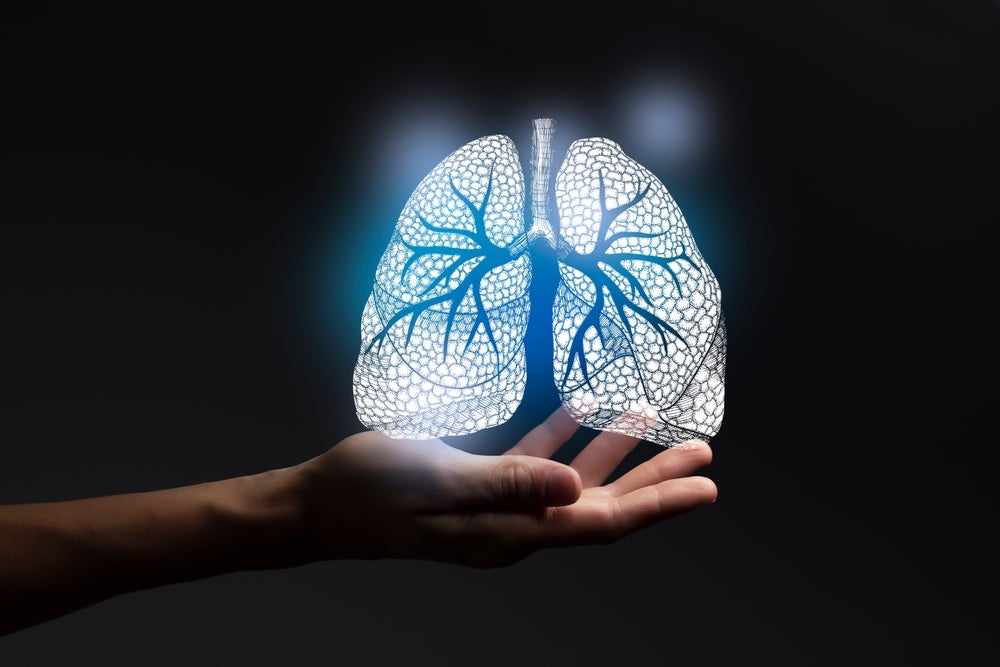Tuberculosis (TB) is one of the oldest infectious diseases known to man and one of the “big three” [along with malaria and HIV/AIDS]. It is predicted to infect approximately a quarter of the world’s population and has resisted elimination despite focused research and the development of antibiotics.
A recent publication by Patterson and colleagues from Weill Cornell Medical College in the US may address this continued reservoir of infection. Using bioaerosol sample collection, the authors detected TB complex bacteria in patients self-presenting with symptoms. The bacteria were present regardless of the TB diagnosis of these patients and their presence was not affected by antibiotic treatment. These findings have strong implications for sustained TB transmission and the global burden of disease.
The study took place in Cape Town, South Africa, where TB is endemic. All 102 presumptive cases presented with one or more symptoms of the disease (weight loss, night sweats, persistent cough and loss of appetite). The cases were tested via X-pert Ultra, a rapid test recommended by the WHO for initial TB screening. They were then separated into three categories: rapid-test positive, rapid-test negative but clinically positive (usually via chest X-ray), and rapid-test negative and clinically negative (labelled “undiagnosed”). The researchers collected bioaerosol samples, containing everything breathed or coughed out, at 0 days, 2 weeks, 2 months and 6 months from diagnosis. All diagnosed cases (groups A and B) were put on a 6-month course of antibiotics.
Resolution of TB cases may be time-dependent but not drug-dependent
M tuberculosis complex bacteria (MTBC) were detected in all three groups at day 0, and both the proportion of cases breathing MTBC and the number of bacteria were comparable across the groups. Over 6 months, both the burden of bacteria and clinical symptoms in study participants abated. However, this was similar across all three groups – treatment with antibiotics did not affect bacterial burden or symptoms. This implies that the resolution of TB cases is time-dependent but not drug-dependent. Additionally, TB transmission is potentially independent of symptom severity, so sub-clinical or undiagnosed cases may be spreading the infection undetected.
In response to this finding, the researchers confirmed that the bacteria in the bioaerosol samples were MTBC via DNA sequencing and microscopy. They found that the bacteria were metabolically active (alive) but missing their characteristic acid-fast stain. This has been previously seen in infectious MTBC as early as 1883. The researchers successfully grew very few samples, but MTBC is notoriously difficult to grow from clinical specimens. It is yet to be determined whether the bacteria collected in this study are capable of infection, and this will likely be the subject of further study.
GlobalData epidemiologists predict approximately 3.7 million diagnosed incident cases of TB by the end of 2024 in the 16MM [mature markets]: Australia, Brazil, China, France, Germany, India, Italy, Japan, Mexico, Russia, South Africa, South Korea, Spain, the UK and the US) by the end of 2024. The results of this bioaerosol study suggest that sustained transmission of TB that yields this high case count may be due to transmission from undiagnosed and drug-treated cases alongside active infections. If this is confirmed, then new case definitions and methods of infection control may be needed to curb the spread of TB in the future.









